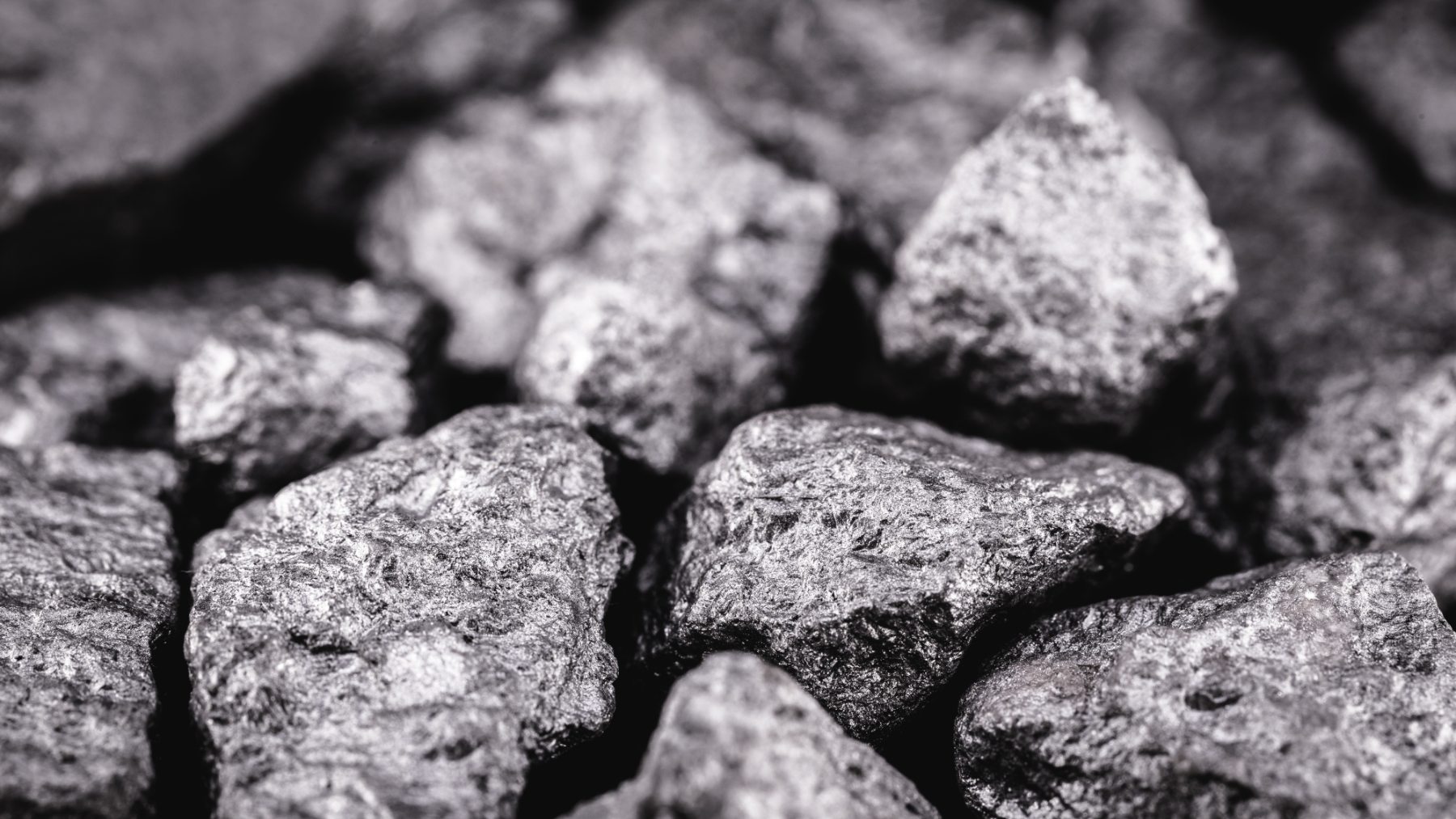The Unexpected Price of Antimony: A Metal in Disguise
An ingot the size of a paperback book sits conspicuously on a display shelf in London, boasting a staggering five-figure price tag—$60,000 per metric ton of antimony. This price represents a fourfold increase from the previous year, and the story behind this sharp rise reveals much about global trade dynamics and geopolitical tensions. It all traces back to Beijing’s decision on December 3, 2024, to restrict exports of this strategic metal, leaving the United States, which itself has curbed high-tech exports to China, in a tight spot.
On the surface, the embargo appears airtight. China is responsible for about 60% of the world’s antimony production and processes most of what remains. The expectation is that American battery manufacturers, semiconductor fabs, and even ammunition lines might soon find themselves gasping for this essential material. However, a closer look at shipping records paints a different picture: between December and April, nearly 3,834 metric tons of antimony oxide arrived at U.S. ports from Thailand and Mexico—nations that hardly mine or smelt this mineral.
A Ban That Didn’t Stick
Upon digging through customs logs, Reuters uncovered a striking pattern among these shipments, often linked to one name: Thai Unipet Industries, a subsidiary of Chinese processor Youngsun Chemicals. The documents frequently listed innocuous cargo codes such as iron powder or zinc compounds for what was actually antimony. Once these crates reached ports in Bangkok or Veracruz, they were rebranded, giving the false impression of Thai or Mexican origin before being sent on to Long Beach or Savannah. This convoluted route added layers of time and expense but successfully evaded scrutiny from Beijing’s export-control enforcement.
The motivation behind these detours is simple yet vital: antimony is a critical ingredient in an unexpectedly broad array of technologies. When alloyed with lead, it hardens the plates found in the 280 million starter batteries powering every gasoline car in the U.S. Beyond that, antimony trioxide serves as a flame-retardant in items ranging from circuit boards to children’s pajamas. It also enhances the conductivity of semiconductors when mixed with silicon, while its combinations with sulfur and sodium are sought after for advanced battery technologies, critical for military applications. Without a steady supply of this mineral, the gears of modern life—beyond just smartphones—threaten to grind to a halt.
Paper Trails and Paint Labels
Freight brokers often describe this method of circumventing trade restrictions as "classic trans-shipment." Here’s how it typically works: A Chinese exporter sells antimony to an affiliated company in Thailand, where it undergoes a transformation. The metal might be off-loaded, renamed, or even re-melted to obscure its isotopic signature before being shipped out again. Some shipping documents even denote the cargo as “art supplies,” a classification that often sails through ports with minimal inspection. Thai customs records reveal that antimony imports from China have skyrocketed by triple digits, and Mexican trade reports are echoing this trend. While neither country has substantial deposits of antimony, ports are bustling with bags of the white oxide.
For end-users, this shadowy trade adds a layer of irritation to an already dire situation. As the spot price for antimony tops $60,000 per ton—up from around $13,000 a year prior—voices like that of Steve Christensen from the Responsible Battery Coalition are labeling the scarcity a “national emergency.” Major lead-acid battery manufacturers like Clarios are already baking in increased costs into the production of standby batteries that protect data centers and hospitals. Defense contractors lament that contracts crafted last summer now appear to be financially unviable.
Digging Out of the Hole
In response to this predicament, Washington’s strategy is straightforward: increase domestic mining and refining capabilities. In January, the U.S. Forest Service granted the final permit for Perpetua Resources’ Stibnite deposit in Idaho, an operation that has remained dormant since 1996. With backing from the Pentagon and the possibility of financing from the Export-Import Bank, this mine could potentially satisfy about 35% of U.S. antimony demand by 2028—all while generating around 450,000 ounces of gold annually. Smelter projects proliferate across states like Montana and Texas in pursuit of federal loans, while recycling startups comb through scrap materials to reclaim this invaluable metal. However, these solutions won’t materialize overnight.
The unfolding saga of antimony serves as an emblem of the future of critical minerals—a landscape marked by leaking trade bans, surging prices, and an ongoing effort to reroute the periodic table. Treaties and agreements may lag behind as nations scramble to secure supply chains. For now, a metal that few Americans can even pronounce continues to traverse oceans and borders in disguise, quietly ensuring that the engines of American technology keep running smoothly.


